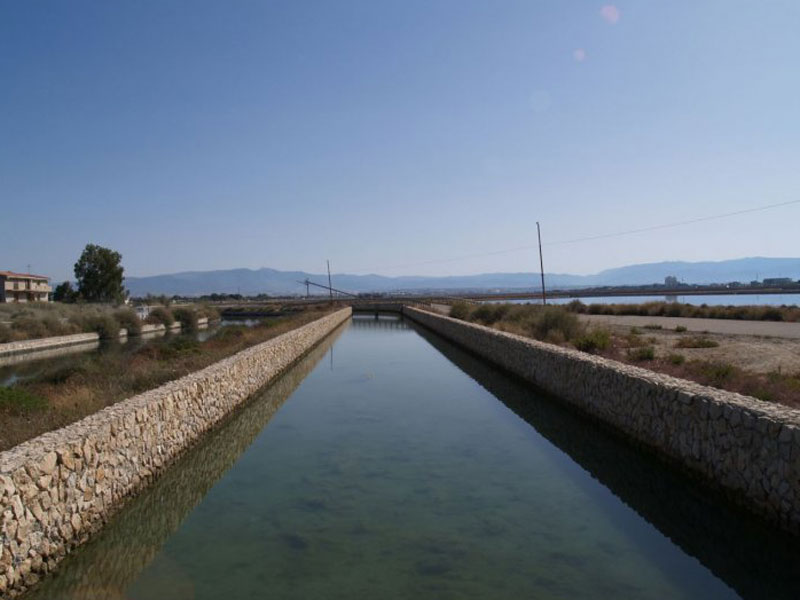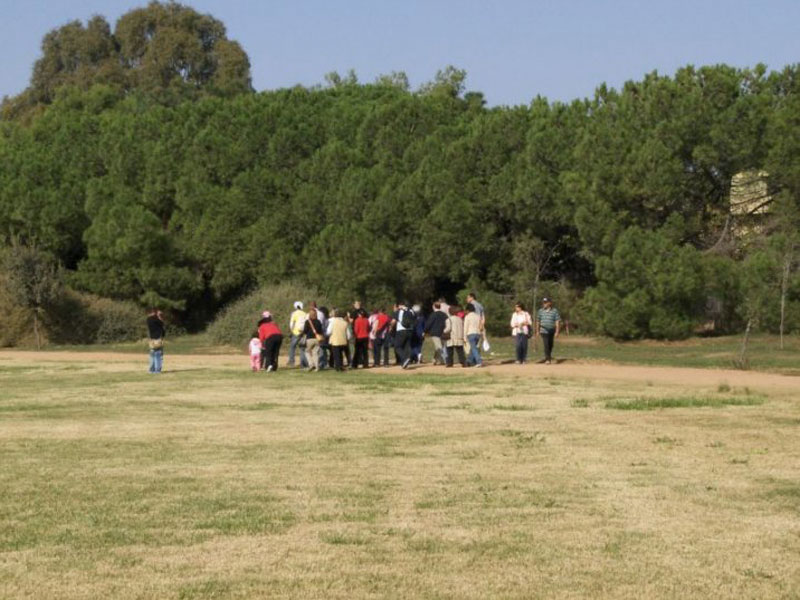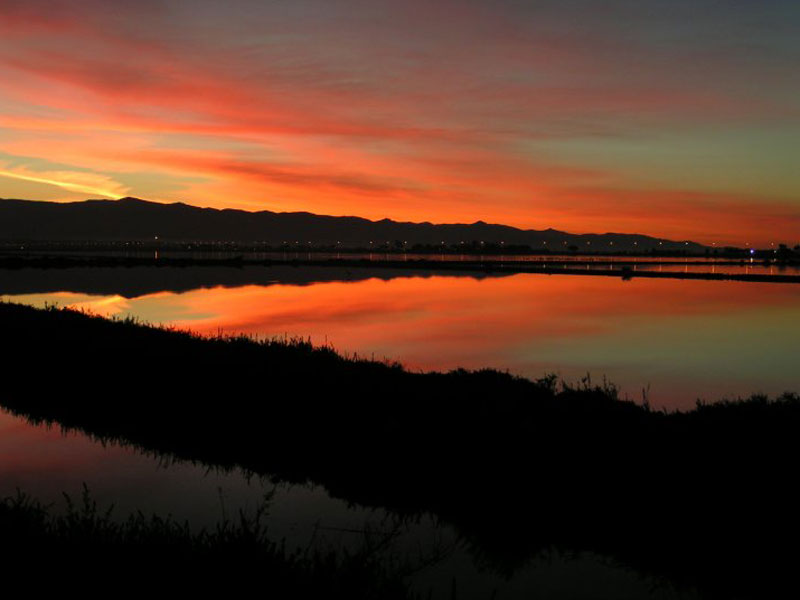Points of Interest
The Salt Pans
The history of Molentargius is deeply linked to the presence of the Salt Pans. This deep relationship is witnessed by the drawing of the canals, ponds, and buildings you can observe from Mt. Urpinu.
Today, if you want to reach the Park Head Offices, you must cross Città del Sale della Palma rising at the end of the 1920s, the last evidence of the long history of Cagliari Salt Pans, which began with the Phoenicians and ended in 1985 because of water pollution, an event that all the citizens of Cagliari will not forget, since it represented a turning point in the relationship between the City and the wetland.
After the Phoenicians, the Punics and the Romans were all important salt exporters, but it was under the Giudici (who ruled the Giudicati, the districts into which Sardinia was divided in the Middle Ages) that they acquired international importance. Afterwards, they were used by the Pisani, Aragoneses, Spanish, and Piemontesi.
The work in the salt pans, hard and exhausting, changed over the centuries and around 1830 it underwent a technological and hydraulic reorganization, since Archimedes' screws were introduced: they were screwpumps moved by horses, used to transfer water from one salt pan to another. On this occasion, the digging of the canals began. Another innovation was represented by the installation of a powerful steam engine for water circulation which, in May 1851 in Molentargius, replaced Archimedes' screws, moved by human force or by oxen, and the bucket chains transported by men and children. Today the buildings of the Salt City - industrial premises, public buildings, and workers' houses - have been partly abandoned. Among the ones that are still in use, there are the old director's office, that houses today the offices of Direzione dell'Azienda Autonoma Monopoli di Stato and the building Sali Scelti, used in the past for the table salt purification process and today, thanks to the renovation works finished in 2004, as Park Head Offices. Although the salt production has been abandoned by now, the water circulation in the evaporation and salt pans has been maintained in order to safeguard the delicate habitats for flora and fauna.
The Fortifications
In the Park there are many military positions dating back to the period 1940-1943, when in Sardinia several defensive systems were built. The structures belonging to "FRONTE A TERRA DI CAGLIARI" represented an essential stronghold for the defense of Cagliari from the assaults both from the sea and from the inland, and have today an important historical-artistic value.
The land Front is a defensive line consisting of groups of buildings called "capisaldi" (that is, strongholds), following the urban perimeter of the town of Cagliari and protecting the port.








